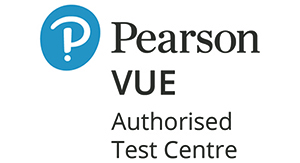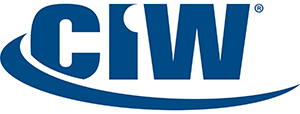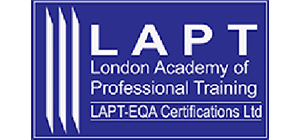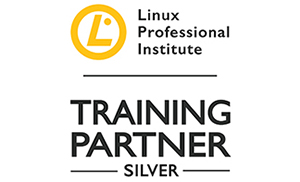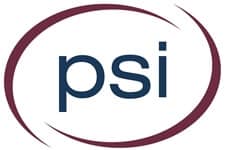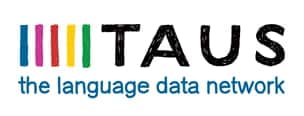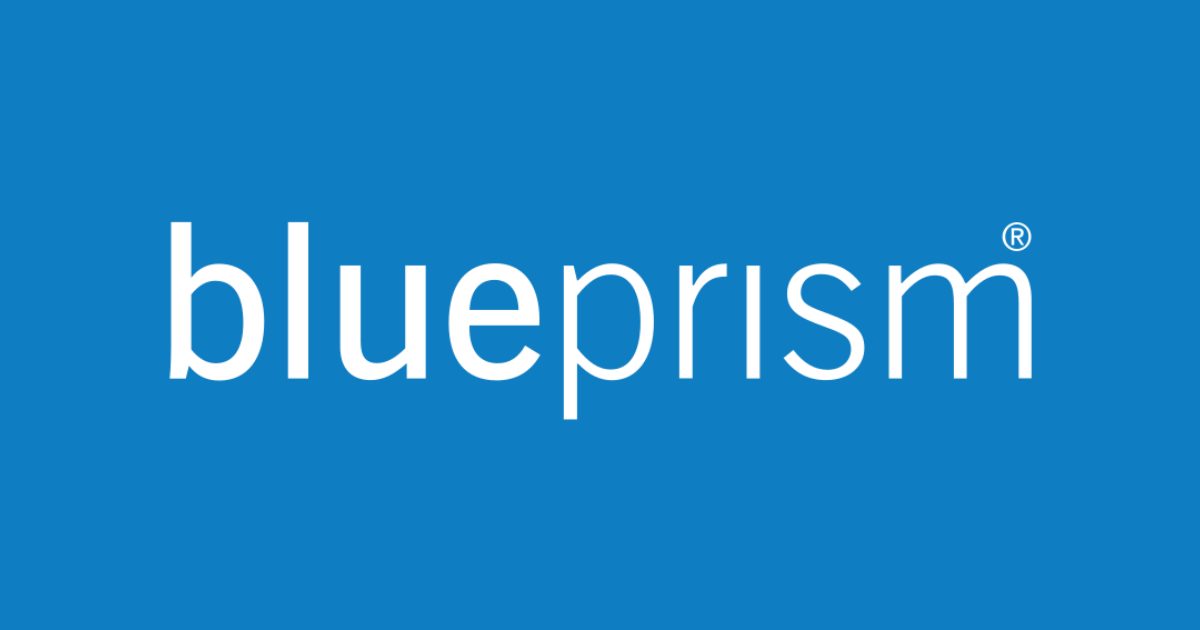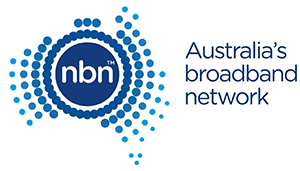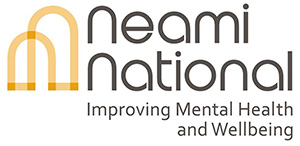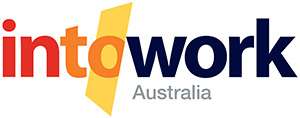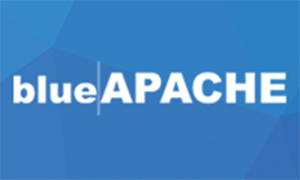JNCIS-SP: Juniper Service Provider Routing and Switching, Specialist Course
JNCIS-SP: Juniper Service Provider Routing and Switching, Specialist Training
JNCIS-SP: Juniper Service Provider Routing and Switching, Specialist Training certification training course is designed for intermediate knowledge about Juniper service provider technology and products.
The JNCIS-SP: Juniper Service Provider Routing and Switching, Specialist Training training certification course provides deeper knowledge of Protocol-Independent Routing, Open Shortest Path First (OSFP), Intermediate System to Intermediate System (IS-IS), Border Gateway Protocol (BGP), bridging, Spanning Tree Protocol (STP), Multiprotocol Label Switching (MPLS), IPv6 and more.
JNCIS – SP certification training course is designed for professionals working in the service provider who have exposure to Junos routing and switching and Juniper Network technologies.
JNCIA certification or JNCIA training is a pre-requisite to JNCIS-ENT training course
Candidates can achieve this certification by passing the following exam.
- JN0-362 – Service Provider Routing and Switching, Specialist (JNCIS-SP) certification
Logitrain JNCIS-SP course material
- Identify the concepts, operation, or functionality of various protocol-independent routing components
- Demonstrate knowledge of how to configure, monitor, or troubleshoot various protocol-independent routing components
- Identify the concepts, operation, or functionality of OSPF
- Demonstrate knowledge of how to configure, monitor, or troubleshoot OSPF
- Identify the concepts, operation, or functionality of IS-IS
- Demonstrate knowledge of how to configure, monitor, or troubleshoot IS-IS
- Identify the concepts, operation, or functionality of BGP
- Demonstrate knowledge of how to configure, monitor, or troubleshoot BGP
- Identify the concepts, operation, or functionality of Layer 2 bridging for the Junos OS
- Demonstrate knowledge of how to configure, monitor, or troubleshoot Layer 2 bridging or VLANs
- Identify the concepts, benefits, operation, or functionality of Spanning Tree Protocol and its variants
- Demonstrate knowledge of how to configure, monitor, or troubleshoot STP and its variants
- Identify the concepts, operation, or functionality of MPLS
- Demonstrate knowledge of how to configure, monitor, or troubleshoot MPLS
- Identify the concepts, operation, or functionality of IPv6
- Demonstrate knowledge of how to configure, monitor, or troubleshooting IPv6
- Identify the concepts, requirements, or functionality of IP tunneling
- Demonstrate knowledge of how to configure, monitor, or troubleshoot IP tunnels
- Identify the concepts, benefits, applications, or requirements of high availability
- Demonstrate knowledge of how to configure, monitor, or troubleshoot high availability components
This course is likely to add to the employment-related skills of the participants. The skills developed are likely to be used in the course of being an employee or working in a business.
- Network Engineers
- Technical Network Architects
- Network Design Engineers
- Network Architects
- Solution Architect – Networks
- Senior Network Consultants
- Network and Endpoint Architects
- Static, aggregate, and generated routes
- Martian addresses
- Routing instances, including RIB groups
- Load balancing
- Filter-based forwarding
- Static, aggregate, and generated routes
- Load balancing
- Filter-based forwarding
- Open Shortest Path First (OSPF)
- Link-state database
- OSPF packet types
- Router ID
- Adjacencies and neighbors
- Designated router and backup designated router
- OSPF area and router types
- LSA packet types
- Areas, interfaces and neighbors
- Additional basic options
- Routing policy application
- Troubleshooting tools
- Intermediate System to Intermediate System (IS-IS)
- Link-state database
- IS-IS PDUs
- TLVs
- Adjacencies and neighbors
- Levels and areas
- Designated intermediate system (DIS)
- Metrics
- Levels, interfaces and adjacencies
- Additional basic options
- Routing policy application
- Troubleshooting tools
- Border Gateway Protocol (BGP)
- BGP basic operation
- BGP message types
- Attributes
- Route/path selection process
- IBGP and EBGP functionality and interaction
- Groups and peers
- Additional basic options
- Routing policy application
- Layer 2 Bridging or VLANs
- Service provider switching platforms
- Bridging elements and terminology
- Frame processing
- Virtual Switches
- Provider bridging (for example, Q-in-Q Tunneling)
- Identify the concepts, benefits, or functionality of VLANs
- Port modes
- Tagging
- MVRP
- IRB
- Interfaces and ports
- VLANs
- MVRP
- IRB
- Provider bridging
- Spanning-Tree Protocols
- STP, RSTP, MSTP and VSTP concepts
- Port roles and states
- BPDUs
- Convergence and reconvergence
- Spanning-tree security
- Spanning-tree protocols: STP, RSTP, MSTP, and VSTP
- BPDU, loop, and root protection
- Multiprotocol Label Switching (MPLS)
- MPLS terminology
- MPLS packet header
- End-to-end packet flow and forwarding
- Labels and the label information base
- MPLS and routing tables
- RSVP
- LDP
- MPLS forwarding
- RSVP-signaled and LDP-signaled LSPs
- IPv6
- IPv4 versus IPv6
- Address types, notation, and format
- Address scopes
- Autoconfiguration
- Tunneling
- Interfaces
- Static routes
- Dynamic routing: OSPFv3, IS-IS, and BGP
- IPv6 over IPv4 tunneling
- Tunnels
- Tunneling applications and considerations
- GRE
- IP-IP
- GRE
- IP-IP
- High Availability
- Link aggregation groups (LAG) and multichassis LAGs (MC-LAGs)
- Graceful restart (GR)
- Graceful Routing Engine switchover (GRES)
- Nonstop bridging (NSB)
- Nonstop active routing (NSR)
- Bidirectional Forwarding Detection (BFD)
- Virtual Router Redundancy Protocol (VRRP)
- Unified In-Service Software Upgrade (ISSU)
- LAG, MC-LAG
- GR, GRES, NSB, and NSR
- VRRP
- ISSU

Get a Certificate of Attendance to prove your commitment to learning

Take the official vendor certification exam at the Logitrain training center

Course material in digital format is included for flexibility and ease of use

Mock test is included in the full-time courses to assist with your preparation

Our trainers are highly skilled with expertise and extensive hands-on experience

Relax, we will beat competitor’s advertised price in Australia. Our course has no extra costs
| Location | Type | Duration | Price | Dates | |
|---|---|---|---|---|---|
| Location | Type | Duration | Price | Dates |
The supply of this course/package/program is governed by our terms and conditions. Please read them carefully before enrolling, as enrolment is conditional on acceptance of these terms and conditions. Proposed dates are given, courses run subject to availability and minimum registrations.
Find out why we are the leading choice to help boost your career in Australia
| Approachable and knowledgeable; comfortable surroundings. Logitrain does make IT training easier |
I recently followed the ITIL Foundation course at Logitrain. The training, materials and facilities were excellent and I would not hesitate to train with Logitrain again.
Thanks for a great week! Really enjoyed and feel I picked up a lot. Great Trainer! Will definitely look at further studies here.
Well-presented and able to convey immense knowledge to class. All queries were responded to promptly.
Excellent teaching method, easy to understand.
Logitrain provided a valuable insight into ITIL and enabled me to excel and advance my knowledge through a simple and well organised series of sessions.
Great place to study for certification, knowledgeable persons, excellent customer service. Ready to answer queries on the spot, very helpful.
The trainer was very patient and gave everybody the opportunity to participate.
The trainer explained everything very well. Logitrain was very helpful for me in getting a better overall understanding of CCNA. I previously had studied it 2 years earlier but required revision
Over 1000 organisations have relied on Logitrain to be their trusted training partner.

Don’t Wait. Please fill the form now.






